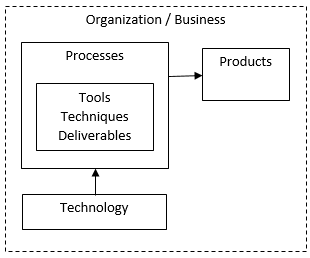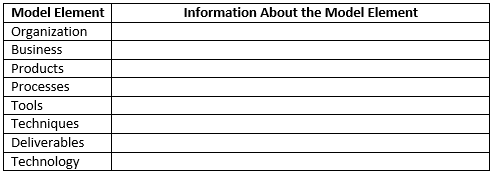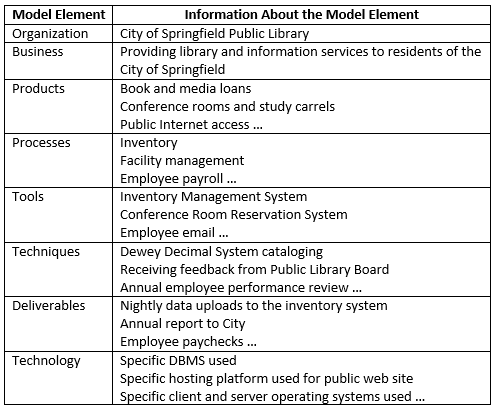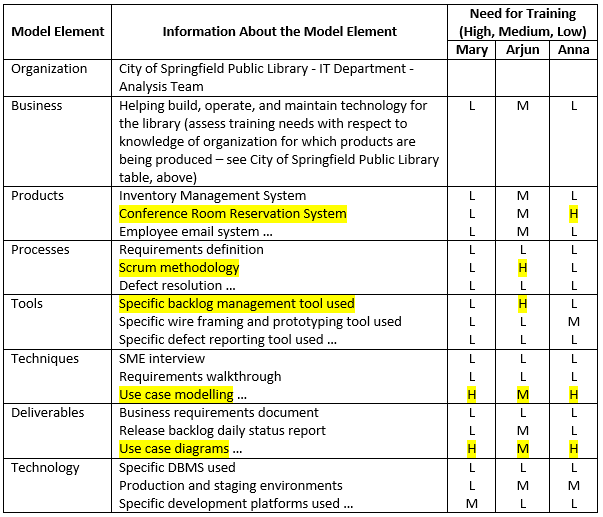Improve Communication for Better Collaboration
Hear Pam Paquet speak on handling conflict at Business Analyst World Winnipeg, October 7-9.
In this article she shows us how communication is the key to collaboration.
Ever felt stuck somewhere between a rock and hard place when you need employees to be present and productive yet they want time for personal lives? As a manager, it can seem impossible at times to balance the needs of the business with the wants of the employees. Just think how challenging it is to maximize productivity and sales figures while balancing hours of work to accommodate holiday requests and sick leave.
A certain number of people and person hours are optimum and needed to meet business objectives. Keeping employees happy and healthy is necessary for retention and productivity. In theory, this is straightforward and feasible because both effectiveness and efficiency are optimized. In reality, people can be unpredictable and unavailable because of sickness, holidays and attending to a family crisis. In cases of emergency or surprise, reality trumps theory, and the work may not get done. A simple solution is to hire more employees than needed. Unfortunately, this lowers effectiveness, efficiency, and productivity.
Business success occurs when managers and companies put culture before strategy. So how do managers put people and culture first while meeting business metrics? Three steps are offered:
1. Ask employees about individual needs and preferences. Understand staff and teams better so strategic planning is easier. Ask questions like:
- Do you want overtime hours?
- When do you prefer holiday time?
- Are you available evenings or weekends?
- Are you interested in adjusted hours, job share or flex hours?
Although personal questions can’t be asked, it is possible to learn about family and home needs because employees want balance. The goal is to find out strategies so work can complement an employee’s home situation or contribute to balance.
2. Ask employees to create a culture committee. Staff should take turns sitting on this committee so multiple perspectives and ideas are considered. The intent is to create, improve, and enhance workplace culture. Find answers to questions like:
- How can we have fun at work
- What social activities could we organize?
- Does the workplace feel personalized?
- How can people connect on a personal level?
The intent is to create ideas and innovative strategies so the workplace can be more than just operations, procedures and metrics. Since employees spend more time at work than at home, create a great place to be most of the time.
3. Ask staff what kind of education would help them personally and at work. Learning is not just about professional development and conferences. Possible topics can include:
- – health – wellness – finances
- – family – parenting – communication
- – nutrition – relationships – interests/hobbies
When employees stay at a company for years rather than months, their personal lives can change greatly and drastically. They can shift from single to couple to single, from independent to parent, from self-sufficient to debt-filled, from free to caregiver. Give staff opportunities to get smarter and better able to function and perform.
These three strategies help to create balance by learning about employee needs. Get rid of damned if you do, damned if you don’t by personalizing business and create a workplace and workload so employees want to be there rather than feel they “have to show up.” Build a company where staff can achieve balance to take care of themselves, their families and the work.
*reprinted with permission from the author







